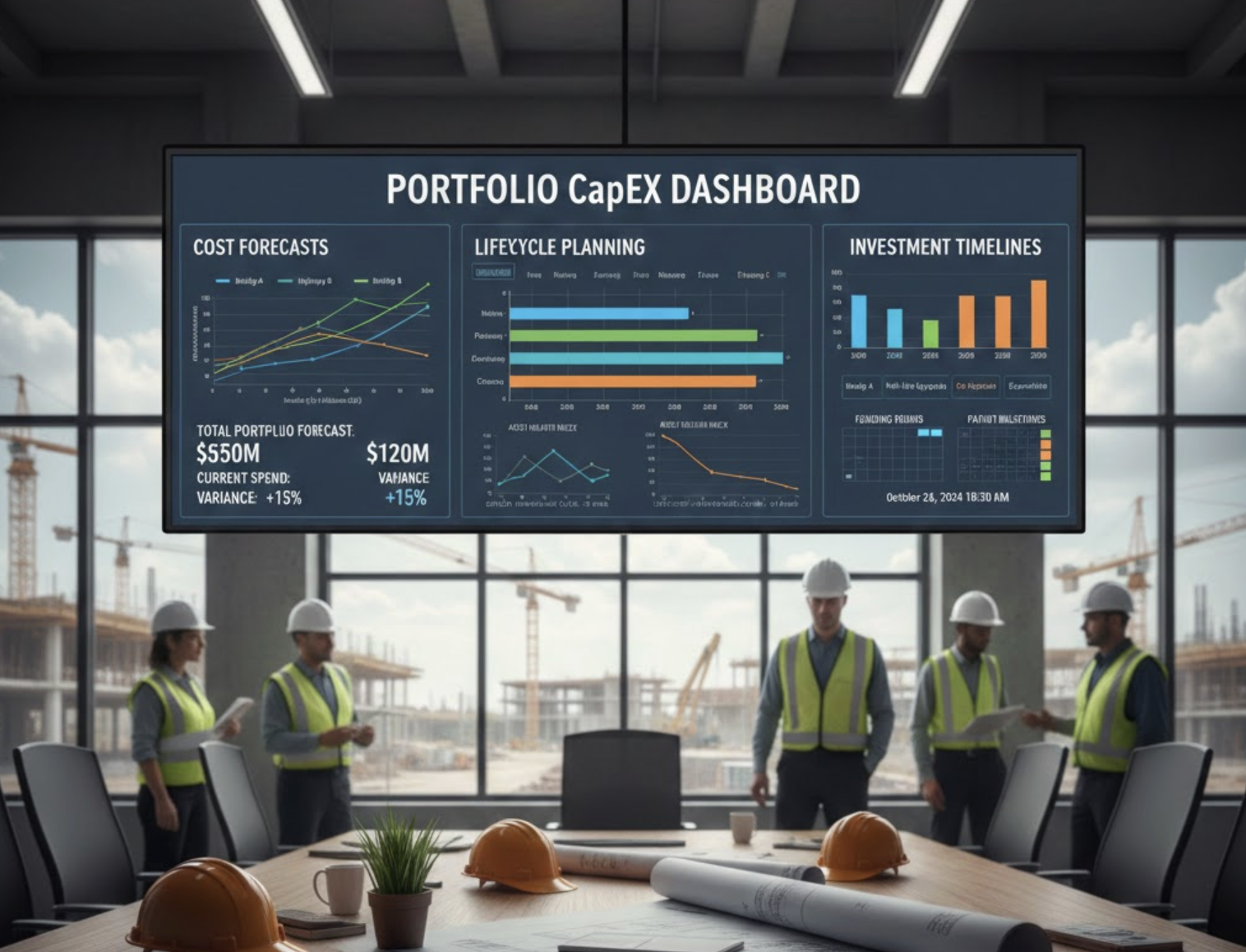Why You Can’t Rely on Consultants Alone for Risk Forecasting
In the ever-evolving field of construction and project management, effective risk forecasting plays a critical role in the success of any organization. This method involves assessing the likelihood and potential impact of adverse events, enabling informed financial planning and management. However, the reliance solely on external consultants for this vital process can be fraught with limitations. In this blog, we explore why in-house expertise is indispensable for accurate risk forecasting and how platforms like Zepth can bridge the gap.
The Importance of Risk Forecasting
Risk forecasting serves as a cornerstone for strategic decision-making within any organization. It not only aids in identifying potential threats but also supports companies in implementing targeted risk mitigation strategies. Understanding the unique dynamics and potential downturns is essential for financial stability and operational success. Thus, a comprehensive approach to risk forecasting that encompasses both internal and external perspectives is paramount.
Limitations of Relying on Consultants
Consultants undoubtedly bring valuable expertise to the table. However, there are several critical limitations when organizations depend solely on them for risk forecasting:
Data and Information Limitations
When consultants offer their insights, they may not possess access to the same level of detailed internal data that an in-house team has. This reality can lead to less precise forecasts, as the datasets used may fail to encapsulate the company’s specific risk profile. Without this context, forecasts can miss the mark in essential aspects of risk identification and mitigation.
Lack of Continuous Monitoring
Risk assessment is a walking timeline rather than a static snapshot. Continuous monitoring and timely updates are necessary to keep risk forecasts relevant amidst transforming project dynamics. Consultants might deliver impactful initial forecasts but lack the resources to provide the ongoing oversight that keeps these forecasts current.
Limited Understanding of Company-Specific Risks
Even the most seasoned consultants may not fully grasp the intricacies of a company’s operations, culture, and specific risk drivers. Such oversight can lead to critical internal risks being neglected or misinterpreted, which is why continuous engagement of in-house teams remains crucial in risk forecasting.
Dependence on Models and Assumptions
The precision of risk forecasting often hinges on the models and assumptions utilized. If consultants apply generic frameworks without accounting for unique organizational aspects, forecast accuracy diminishes. Accurate forecasting necessitates a more custom approach tailored to specific needs rather than reliance on standardized models.
Forecast Error and Sophistication
Research indicates that firms employing sophisticated and quantitative methods in their risk assessments tend to experience smaller forecast errors. Techniques such as stochastic models and probability distributions can significantly enhance accuracy; however, these sophisticated approaches typically require in-house expertise and ongoing refinement. Consultants may lack the depth of integration necessary to provide a truly robust forecasting mechanism over time.
Integration with Strategic Planning
Effective risk forecasting must align with short-term budgeting, medium-term capital investments, and long-term strategic planning. In-house teams maintain a clearer connection to these overarching goals, ensuring that risk considerations are seamlessly integrated across all levels of planning. Failure to establish this connection can result in an oversight of potential risks that impact the organization’s trajectory.
Best Practices for In-House Risk Forecasting
To pave the way for effective risk forecasting, organizations should adopt several best practices:
- Use of Advanced Models: By implementing sophisticated models, such as stochastic models and probability distributions, firms can forecast a broader range of potential outcomes.
- Continuous Monitoring: Regular updates and adjustments to risk forecasts reflect changing conditions and new intelligence, allowing organizations to pivot as needed.
- Integration with Planning: Successful risk management incorporates risk factors into all levels of planning, from budgets to strategic initiatives.
- Internal Expertise: Cultivating in-house skills to address specific company risks provides a more grounded perspective on potential challenges.
How Zepth Can Help
This is where Zepth comes into play, enhancing the capacity of in-house teams in managing risk forecasting:
- Data Integration: Zepth’s platform facilitates the consolidation of various data sources, allowing for a comprehensive view of the organization’s risk profile. This ensures risk assessments are grounded in accurate, real-time information.
- Advanced Analytics: With advanced analytics tools, Zepth supports sophisticated models for risk forecasting, making the assessment process not only more accurate but also more agile.
- Continuous Monitoring: By enabling real-time monitoring, Zepth helps organizations keep risk forecasts current, thereby maintaining relevance in a fast-paced construction world.
- Strategic Alignment: Zepth ensures that risk forecasting efforts align with the broader organizational objectives, helping to prime strategies across planning horizons. For further information, check out Zepth’s extensive range of risk management solutions.
Conclusion
While consultants undoubtedly provide valuable insights and expertise, organizations should not solely rely on them for risk forecasting. The continuous monitoring required, coupled with an understanding of company-specific risks and the integration into strategic planning, makes in-house teams, supported by advanced solutions like Zepth, critically important for effective risk management. By fostering internal capabilities and harnessing technology, organizations enhance their resilience and adaptability in the face of uncertainty.




